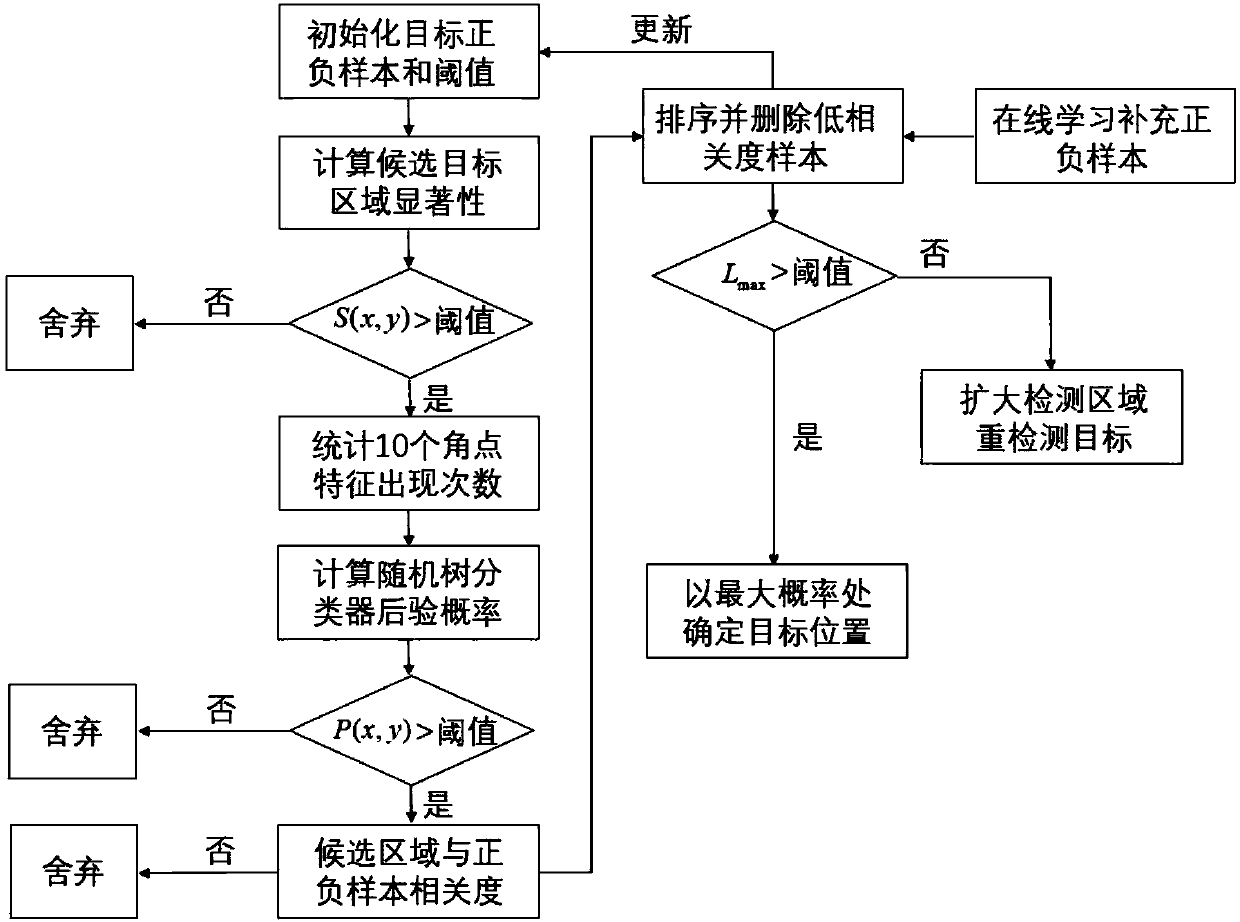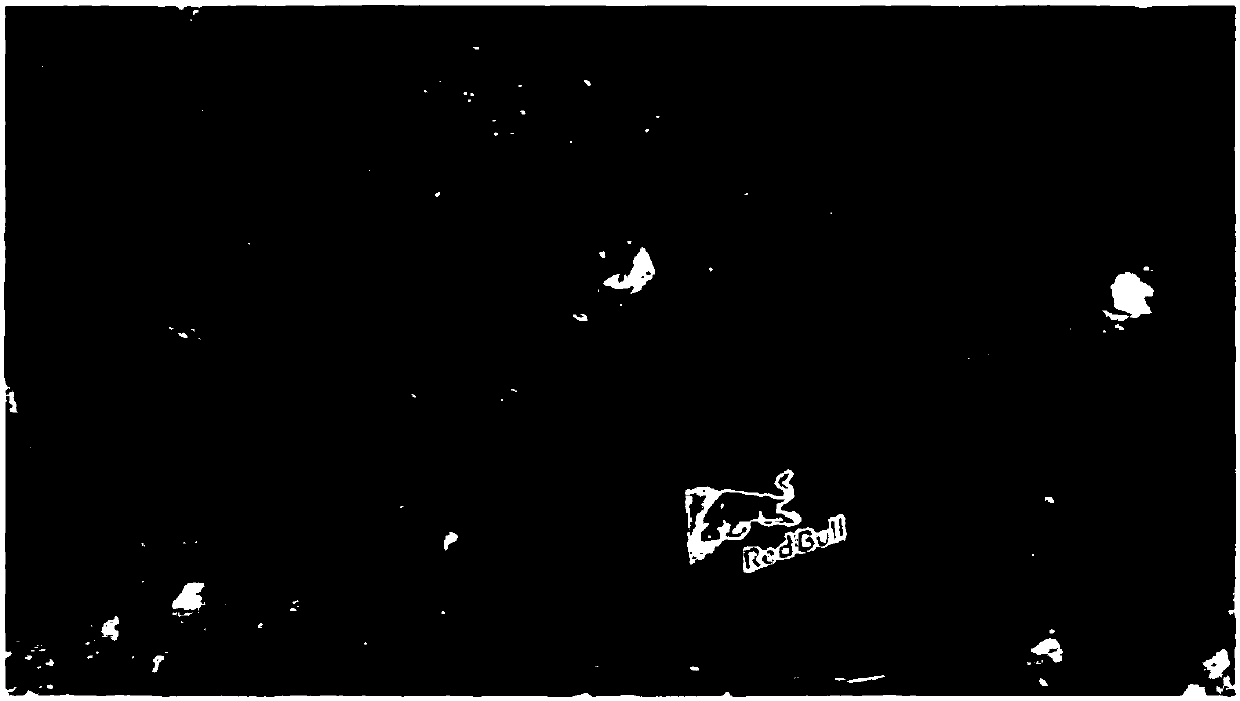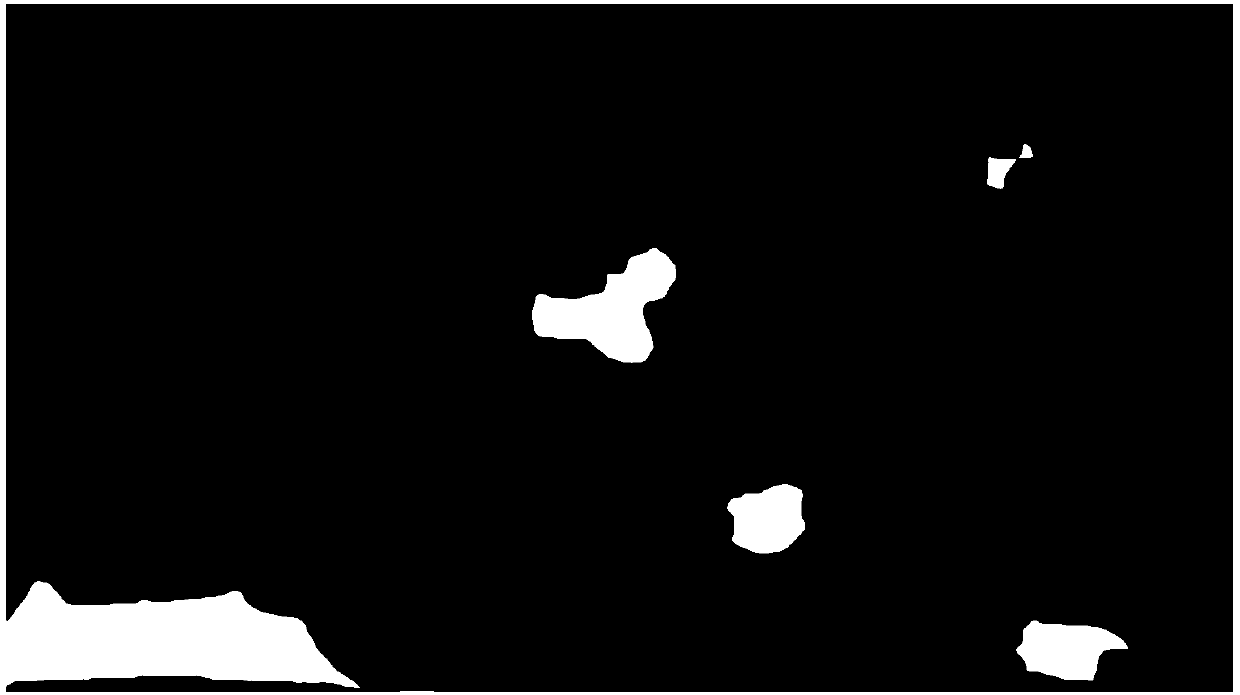Target tracking method with self-restoration capacity based on multi-stage detector
A target tracking and detector technology, which is applied to instruments, image data processing, character and pattern recognition, etc., can solve the problems of decreased detection target accuracy, affected tracking effect, tracking error, etc., to achieve high engineering application value and improve tracking performance. , the effect of improving the accuracy
- Summary
- Abstract
- Description
- Claims
- Application Information
AI Technical Summary
Problems solved by technology
Method used
Image
Examples
Embodiment Construction
[0065] The present invention will be described in detail below in conjunction with the accompanying drawings and embodiments.
[0066] Such as figure 1 Shown, the concrete realization steps of the present invention are as follows:
[0067] (1) Build a saliency detector
[0068] After initializing the first frame of image, determine the location of the target and the size of the area, and superimpose appropriate Gaussian noise and rotation transformation on the image block where the target is located, generate a series of positive sample sets of the target, and then randomly collect several such samples in the area outside the target. Large background image patches, as a set of negative samples. When the following image frames are input, the salient regions in the image are first detected by a saliency detector.
[0069] The principle of the saliency detector is to calculate the Euclidean distance between each pixel and the average brightness value of all pixels in the entir...
PUM
 Login to View More
Login to View More Abstract
Description
Claims
Application Information
 Login to View More
Login to View More - R&D
- Intellectual Property
- Life Sciences
- Materials
- Tech Scout
- Unparalleled Data Quality
- Higher Quality Content
- 60% Fewer Hallucinations
Browse by: Latest US Patents, China's latest patents, Technical Efficacy Thesaurus, Application Domain, Technology Topic, Popular Technical Reports.
© 2025 PatSnap. All rights reserved.Legal|Privacy policy|Modern Slavery Act Transparency Statement|Sitemap|About US| Contact US: help@patsnap.com



